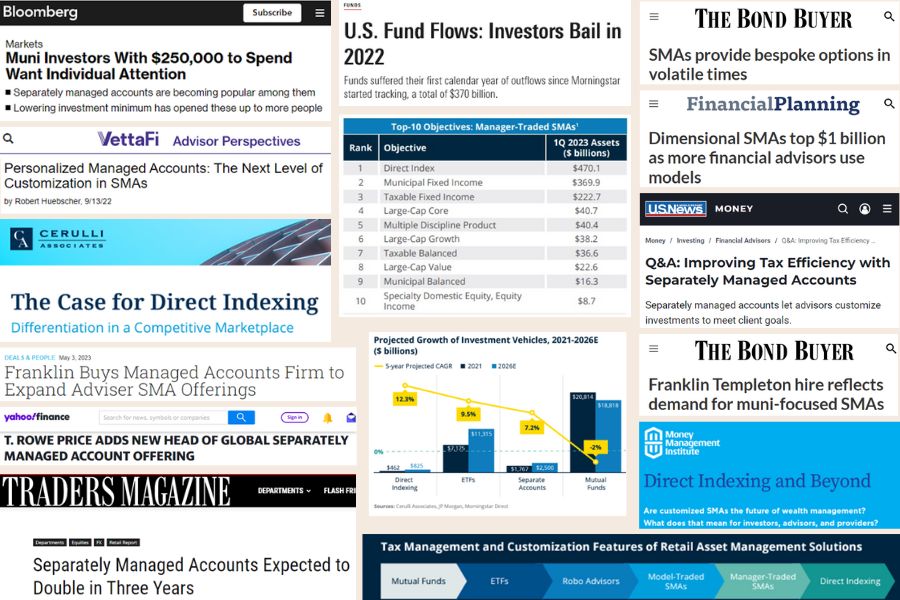
Exploring the Growth of Bond ETFs in a Low-Interest Environment
In an era characterized by persistently low interest rates, bond exchange-traded funds (ETFs) have emerged as a compelling option for investors seeking stable income and portfolio diversification. As central banks continue to adopt accommodative monetary policies, bond ETFs offer a practical solution to the challenges faced by traditional fixed-income investments.
Market Dynamics: A Surge in Demand
The bond ETF market has witnessed remarkable growth, driven by investor demand for alternatives to conventional fixed-income securities. This trend is underpinned by the sustained low-yield environment, where government and corporate bond yields have been significantly compressed. According to data from Morningstar, bond ETFs have attracted substantial inflows, reflecting their increasing popularity among both institutional and retail investors. The versatility of bond ETFs in providing exposure to a wide range of bonds, from government treasuries to corporate debt, enhances their appeal in such an environment.

Strategic Advantages: Diversification and Liquidity
Bond ETFs offer several strategic advantages that make them an attractive component of income-focused portfolios. One of the primary benefits is diversification across various bond types and maturities. This diversification helps mitigate the risk associated with individual bond investments. Additionally, bond ETFs provide transparency and ease of access, allowing investors to tailor their portfolios to specific income and risk preferences. The ability to trade bond ETFs on major exchanges further enhances their liquidity, making them a flexible tool for managing fixed-income exposure.
According to BlackRock's iShares division, which is a leading provider of bond ETFs, their products are designed to meet the varied needs of investors by offering exposure to different sectors, durations, and credit qualities. This adaptability is crucial for investors aiming to optimize their portfolios in a low-yield environment.
Performance Metrics: Analyzing Returns and Risks
The performance of bond ETFs is closely tied to the broader bond market trends and interest rate movements. In recent years, many bond ETFs have delivered competitive returns, benefiting from the decline in interest rates. However, the performance can vary significantly based on the underlying bond indices they track. For instance, ETFs focusing on investment-grade corporate bonds might exhibit lower volatility compared to those targeting high-yield or emerging market bonds.
Investors must consider the interest rate risk associated with bond ETFs. As interest rates begin to rise, bond prices typically fall, which can adversely affect the value of bond ETFs. However, certain strategies, such as duration management and the inclusion of inflation-protected securities, can help mitigate these risks.

Market Outlook: Opportunities and Challenges
As the global economic landscape continues to evolve, bond ETFs are expected to play an increasingly important role in investment portfolios. The ongoing development of innovative products and strategies aims to address the challenges posed by potential interest rate hikes and economic uncertainties. Products like short-duration bond ETFs and those focusing on inflation-linked bonds are becoming more prevalent, offering investors additional tools to manage interest rate risk effectively.
Furthermore, the integration of environmental, social, and governance (ESG) criteria into bond ETFs is gaining traction, aligning with the broader trend of responsible investing. This reflects a growing interest in sustainable investment practices among investors.
Conclusion: A Bright Future for Bond ETFs
In conclusion, bond ETFs present a compelling opportunity for investors seeking to enhance their income potential while managing risk in a low-interest-rate environment. With their strategic advantages in diversification, transparency, and liquidity, bond ETFs are well-positioned to meet the needs of income-focused portfolios.
As these instruments continue to evolve, they are set to play an integral role in modern investment strategies. Investors are advised to stay informed about market developments and consider the integration of bond ETFs into their portfolios as part of a comprehensive investment strategy. For further insights and detailed analysis on bond ETFs, resources like Seeking Alpha and Nasdaq's ETF market activity offer valuable information to navigate this dynamic market segment.